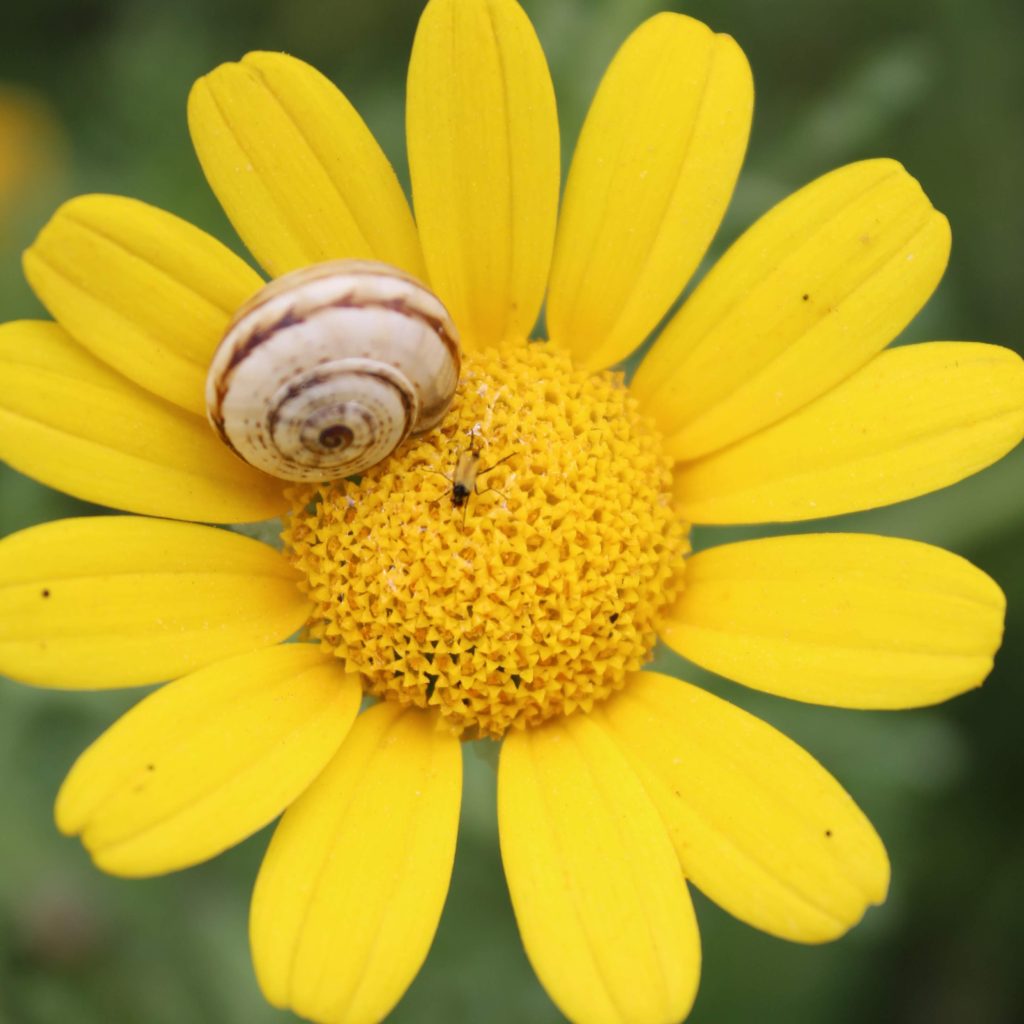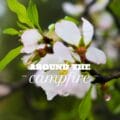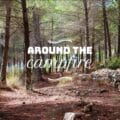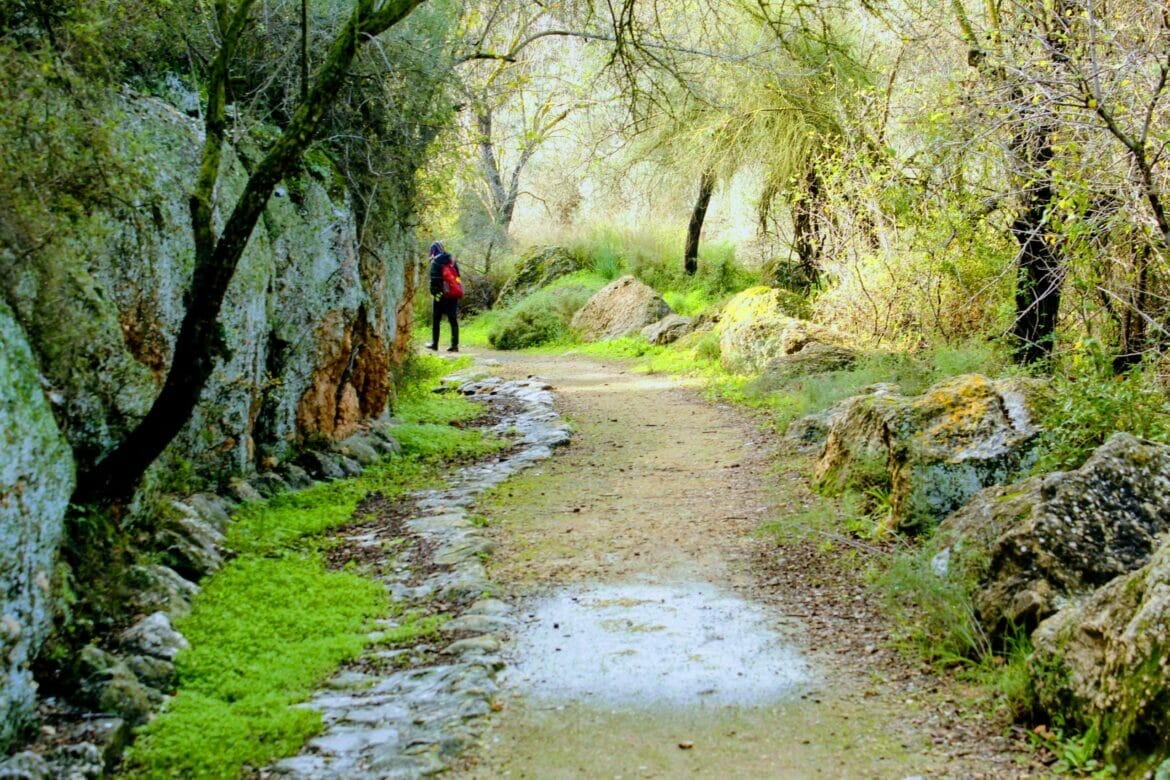
Hey there Holyland Hikers,
About a year ago, I wrote up this article for Times of Israel called Why Pray for Rain. Now that rainy season is upon us, let’s think about why we want it to rain here in Israel:
It’s that time of year again. The temperatures are dropping, leaves are beginning to change color, and on many days, the sky is filled with gray clouds.
To some of us, this change of the seasons signifies something else: a change in our prayers. It’s at this time of year that we turn to God with a request – it’s time for the heavens to open and the rain to fall.
Unfortunately, for some of the past few years, our prayers have not been answered – Israel is suffering from a drought that has left our riverbeds dry and the Kinneret depleted. But the good news is, even in times of drought we still have running water.
We’ve Got it Pretty Good
Thanks to local ingenuity, Israel has implemented a full-scale water rescue using desalination plants. These plants take our plentiful sea water and turn it into fresh water: water which runs through our cities and right to our taps. The technology is so effective that water is even sent back to refill the Kinneret.
We take hot showers, irrigate our gardens, and drink freely. The land continues to look well maintained, from our parks and gardens to traffic circles.
So now that we’ve figured out how to take care of ourselves, why pray for rain?
A very good question.
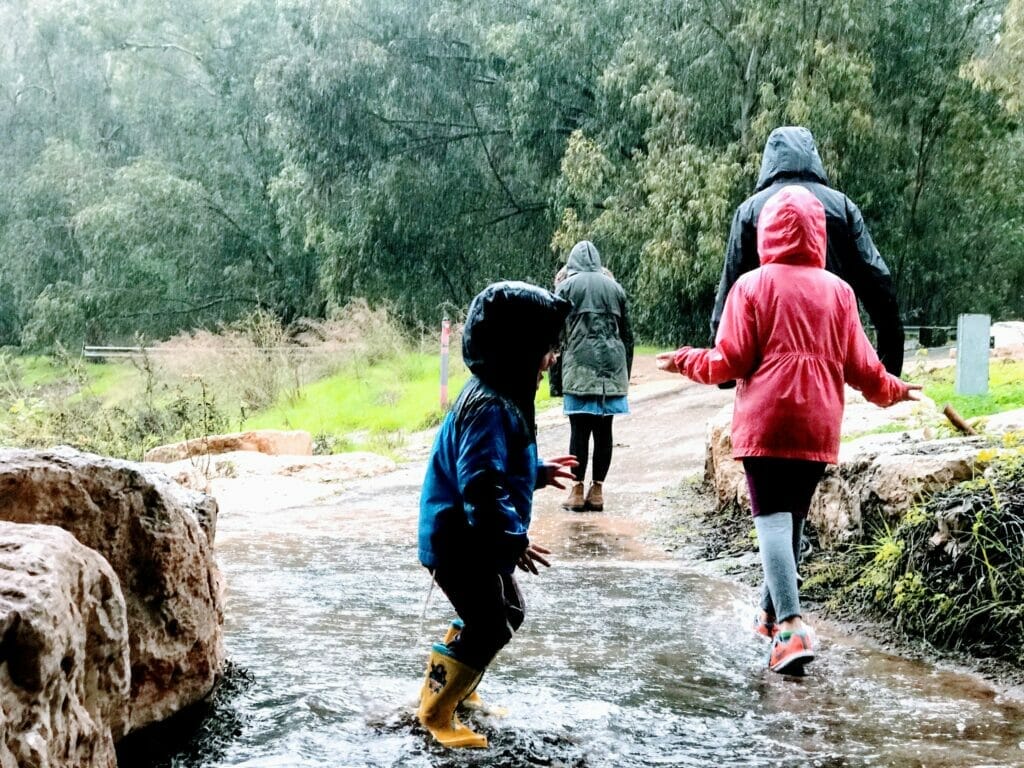
From Dust Bowl to Green Prairies
I recently reread a great classic – The Grapes of Wrath, by John Steinbeck. This heart-wrenching story is based on events that occurred in America the 1930s, a time known as the Dust Bowl.
During this time, a combination of poor farming practices and severe drought in the heart of the country produced a colossal national disaster. For a period of over a decade, the prairies slowly turned to a desolate blanket of dust. Dust storms blew incessantly, causing sickness and death, and dark dusty clouds spread as far as New York City. Residents of the Great Plains fled en masse to find jobs and farming opportunities in California. Many died along the way.
Aside from these more important problems, the Dust Bowl wasn’t a very beautiful time to live in the Midwest. Photographs from the time depict a lifeless, barren land, hazy clouds of dust, and a sky that alternated between drearily dark and scorching hot.
What strikes me about this decade long catastrophe is that the Dirty Thirties have left hardly a trace. Throughout the Great Plains of the US today, crops grow. Wheat fields, greenery, and cattle are the sights you see as you drive through. Farmland thrives, and the country is no worse for the wear.
Most people alive in the U.S. today have probably never experienced a local dust storm in their lives. Once the drought ended and farming practices were improved, the country went back to the way it was – green and thriving. The climate changed, and the barren landscape of earlier times became a faint memory.
What does this have to do with Israel?

Rivers Run Through It
Open a Tanach and you can read prophetic depictions of the days of Redemption. When Israel is redeemed, four rivers will flow through Jerusalem. God will make Israel’s “wilderness like Eden, her desert like the garden of the Lord.”
Some say we’ve made it. Look around Israel, and you’ll see great natural beauty. The Land is nothing like the desolate wasteland early pioneers faced in the early twentieth century. Trees are abundant, farmers grow their crops, and flowers bloom.
But have we made it? Where are those rivers flowing through Jerusalem? Many former marshes and desert wastelands are now green and beautiful, but there is still plenty of desert in Israel and still many places where rivers don’t flow through their riverbeds.
What’s All This Rain For?
This summer I had the opportunity to go to Scotland. I was excited about visiting, but apprehensive about the weather. In Scotland, it rains a lot. Almost daily.
Some people are put off by this. But as we traveled, I began to see what an incredible blessing lots of rain can be. Scotland is beautiful. There is green absolutely everywhere. On forest floors, mushrooms grow on moss, growing on lichen, growing on a tree root. Purple heather grows wild. Green covers the highest peaks to the deepest valleys. The rain makes it magnificent.
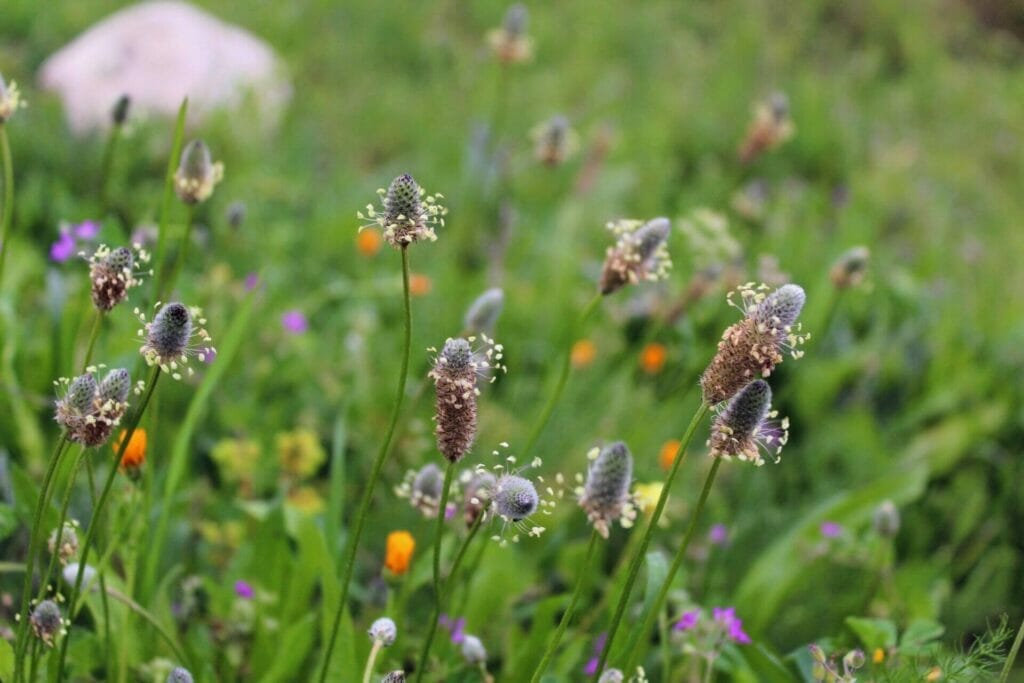
Back home, I see so much beauty in our Land. Forests stretch from Jerusalem to Beit Shemesh. Wildflowers in spring, and vineyards in fall create picture perfect scenery in many places.
But can we ask for more?
Let’s Ask For More
I want Israel to be the most beautiful country in the world: A testament to God’s glory.
I want rain. Rain of blessing. Rain that will fill all of our empty river beds. Rain that will flow through the Golan so that we never have to worry about water-related diseases. Rain that will quiet any cloud of dust and turn it into a distant memory.
As a nation, we have much to be thankful for. Our farmers have the water they need, we don’t worry about thirst, and we even have swimming pools in summertime. But if we are complacent, we won’t pray from deep in our hearts. We won’t implore God for rain the way He intended us to.
This season, when I pray for rain, it will be with total focus. My requests will come from a place of real hope. Maybe if we all pray in earnest, we’ll get the water that our country needs.
God, please make the winds blow and rain pour down. Please give us dew and waters of blessing. Please restore your land to a Garden of Eden, a real paradise, to its complete and unparalleled beauty.
God, please give Israel, the Land of your people, the rain it needs – not only to survive – but to be the most beautiful country on earth.


